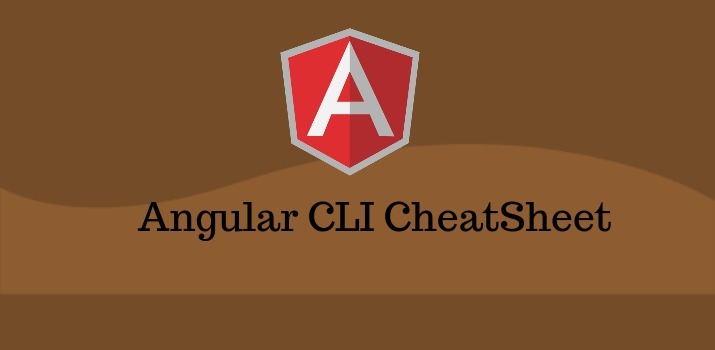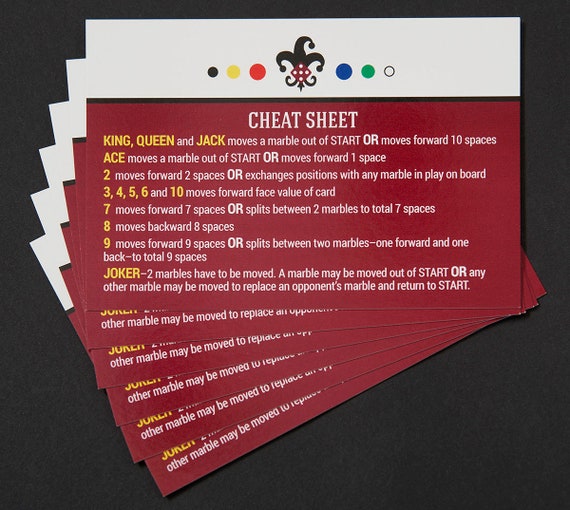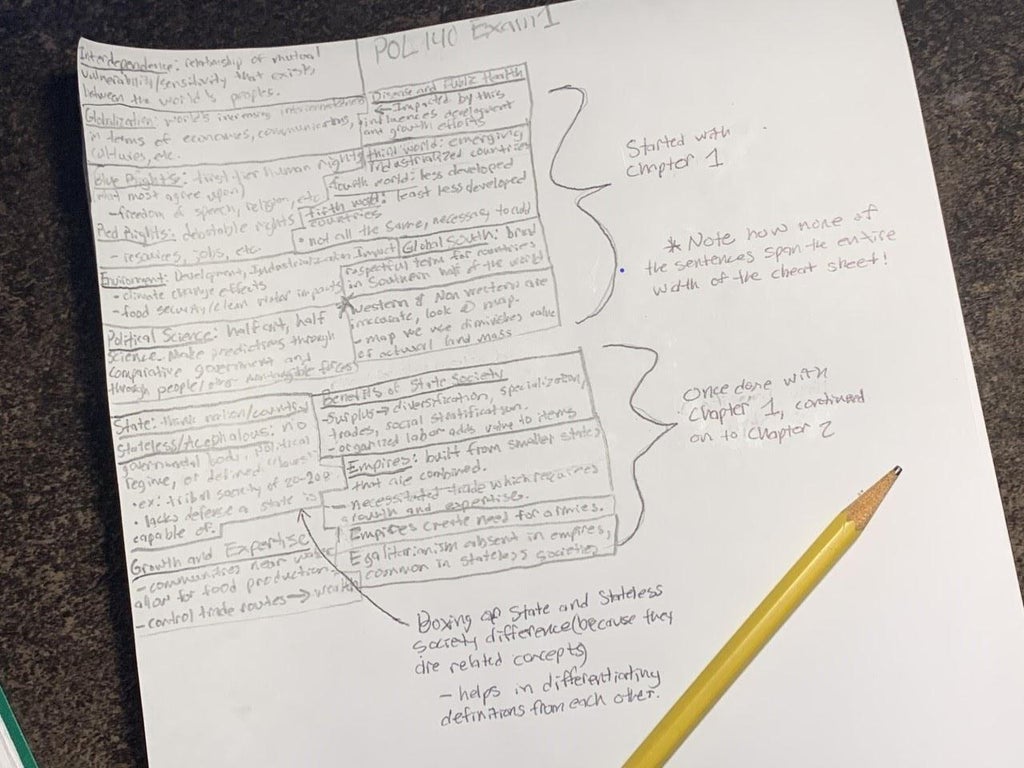The Angular CLI is a powerful tool that can help you quickly create and build Angular applications. The CLI provides a number of essential commands that can save you time and make your workflow more efficient. In this article, we’ll provide a cheat sheet of essential Angular CLI commands.
Angular-CLI is the official tool for Angular, and it comes with a great set of features. One of the best things about Angular-CLI is that it can generate a lot of code for you. This saves you time and effort, and it also ensures that your code is consistent.
There are a lot of different commands available in Angular-CLI, but here are some of the most useful:
Generate Components:
You can use the ng generate command to create new components.
For example, if you want to create a new component called “my-component”, you would run the following command: ng generate component my-component. This will create a new folder called “my-component” with all the necessary files inside.
Build Your App:
Once you’ve created your components, you’ll need to build your app so that it can be deployed. You can do this by running the following command: ng build –prod. This will compile your code and minify it so that it’s ready for production.
Serve Your App:
If you just want to serve your app locally (for development purposes), you can use the following command: ng serve –open. This will start up a local server and open your app in your default browser automatically.
These are just a few of the most useful commands available in Angular-CLI.
Angular 12 tutorial #6 Angular CLI & important Commands
Angular Cli Commands Cheat Sheet Pdf
If you’re looking for a quick reference guide to all of the Angular CLI commands, look no further than this cheat sheet. This PDF provides a list of all of the available commands, as well as a brief description of what each does. Whether you’re just getting started with the CLI or you’ve been using it for awhile, this cheat sheet is sure to be a helpful resource.

Credit: jsonworld.com
What are Angular Cli Commands?
Angular CLI is a powerful command line interface tool that can be used to create and manage Angular applications. The Angular CLI provides a number of commands that can be used to create, build and serve Angular applications.
Some of the most commonly used Angular CLI commands include:
ng new – This command creates a new Angular application.
ng generate – This command generates code for various purposes such as components, directives etc.
ng build – This command builds the angular application for production deployment.
ng serve – This command builds and serves the angular application locally so that it can be testesd before deployment.
What is Dry Run in Angular?
Dry run is a tool used in Angular that allows developers to see how their code will run without actually running it. This is useful for debugging purposes or for simply understanding what your code is doing. To use dry run, you just need to add the “–dry-run” flag to the “ng” command when running your Angular application.
Which Commands is Used to Generate Component Using Angular Cli?
The Angular CLI is a command-line interface tool that you use to initialize, develop, scaffold, and maintain Angular applications. You can use the tool directly in a command shell, or indirectly through an interactive UI such as Angular Console.
To generate a new component using the Angular CLI:
1. Open your terminal and make sure you are in the same directory as your project. If not, navigate to your project directory.
2. Type ng generate component component-name where “component-name” is the name of your new component.
For example, ng generate component my-new-component would create a new folder called my-new-component with four files inside it: my-new-component.component.css my-new-component.component.html my-new-component .component .spec .
ts my – new – component . ts 3 . The generated CSS file will be empty and the HTML file will have a simple template that just displays theComponent’s name property (which we’ll set in just a moment).
4 . Open the newly created TS file and add this line under the @ Component decorator :
selector: ‘app – root’, 5 .
This tells Angular that this particular Component should be bootstrapped when it encounters the app – root element in index . html ( which we’ll see shortly ) 6 . Now open index .
html and modify it so that it looks like this :
What Angular Cli Command Can Be Used to Run All Tests Located in a Cli Based App?
The Angular CLI command to run all tests located in a CLI based app is “ng test”. This command will execute all of the tests in your project and provide feedback on whether or not they passed. Additionally, this command can be used to run a specific set of tests by passing in the names of the tests that you wish to run.
Conclusion
The Angular CLI is a command line interface tool that can be used to create, build and test Angular applications. The CLI can be used to generate new components, directives and services. It can also be used to run unit tests and end-to-end tests.
In this blog post, we will take a look at some of the most commonly used Angular CLI commands.

















